
Considered a cheaper and "greener" mode of transport than road transport, the inland waterway system in Hai Phong has not been able to take advantage of its advantages for many years due to the decentralized management mechanism and many "bottlenecks" in the infrastructure. The National Assembly's decision to grant full management authority to the city from September 2025 is expected to remove "bottlenecks", opening up breakthrough opportunities for the waterway economy .
Slow down the investment pace
Previously, the national inland waterway system in Hai Phong city was directly managed by the Central Government. This caused the planning, maintenance and operation to be disconnected from actual needs. The revenue from fees and charges was not directly linked to the local budget, further reducing the investment motivation. The city did not have the right to proactively balance and allocate resources for projects to maintain, dredging and upgrade water infrastructure. Therefore, many investment decisions fell into a state of "slow rhythm", not keeping up with the speed of logistics development.
Water corridors through the inner city have a series of technical limitations, such as: low bridge clearance, limited channel depth, dependence on tides... Container ships and barges often cannot be stacked in many layers as designed, forcing them to anchor and wait for the tide or have to increase the width of small barges, increasing costs and prolonging transportation time.

Mr. Nguyen Van Phong, Deputy Director of Hoang Anh Inland Waterway Port (West Hai Phong area) said that although it has a loading and unloading capacity of up to 1.2 million tons/year, Hoang Anh Inland Waterway Port currently only reaches 1/3 of its output because the clearance height of An Thai bridge is about 7 meters, only ships or barges with a tonnage of about 3,000 tons carrying bulk cargo can pass. A few years ago, Thanh Luan 28 ship crashed into the bridge, causing severe damage. "We hope that when the city is assigned to manage the national inland waterway system, these shortcomings will be overcome."
Infrastructure limitations not only affect costs but also pose safety risks. In July 2024, a cement barge crossing the Quay Bridge on the Tam Bac River crashed into the cabin under the bridge, causing the rails on the bridge to shift nearly 1 meter, forcing the railway industry to temporarily suspend all passenger trains on the Hanoi - Hai Phong route. The initial cause was determined to be a 20 cm rise in the river water due to upstream flooding, and the channel was not maintained or dredged.
Water transport is considered to have lower costs than road transport. For the same distance, transport costs can be reduced by 10 - 15%. However, due to limitations in clearance height or having to wait for tides or increase the road limit, these advantages cannot be exploited. In fact, before 2025, the market share of container transport by water to Hai Phong port grew slowly.
The root cause of this situation lies in the decentralized management mechanism and lack of investment motivation. When rights and interests are not linked to local responsibilities, the city can hardly "strongly" handle infrastructure bottlenecks, and does not have enough conditions to form large-scale riverside logistics corridors.
Opportunity opening mechanism

Since September 2025, the National Assembly has passed Resolution 226, giving Hai Phong full authority to manage the national inland waterway system and all ports and wharves in the area. This is considered a historic turning point, because for the first time, the Port City has not only been given responsibility but also the right to take the initiative in planning, investing, managing and maintaining waterway infrastructure.
The new mechanism means that the city enjoys 100% of the revenue from fees and charges related to waterway transport activities. This revenue becomes an important resource for direct reinvestment in dredging projects, upgrading bridge clearances, and modernizing wharves.
One of the obvious impacts after the city has full authority to manage the national inland waterway system and all ports and wharves is the handling of bridge clearance. With the initiative, the city can set up projects to renovate and upgrade weak bridges on corridor 2 and other key routes instead of waiting for the Central Government to allocate capital.
Vice President of the Hai Phong Logistics Association Le Manh Cuong commented: “When given full management authority, the city will not only have more revenue but more importantly, it can proactively connect waterways with industrial zones and seaports. If well utilized, Hai Phong can reach out to become an international logistics center.”

However, along with opportunities come many challenges. Managing the entire waterway system requires the city to have a team of human resources with good knowledge of route engineering and proficient in monitoring and operating technology. This is an area in which local officials do not have much experience due to previous dependence on the Central Government. If training and additional human resources are not provided soon, the risk of confusion and overlap will be difficult to avoid.
In addition, the capital for investment in waterway infrastructure is very large, if only relying on the city budget will create financial pressure. Therefore, mobilizing socialization and applying large incentive mechanisms to attract private participation is a fundamental solution. From the perspective of regional connectivity, waterway transport is inherently inter-provincial and inter-regional. If the city only manages within the administrative scope without a coordination mechanism, it will easily lead to a situation of "everyone doing their own thing", causing fragmentation in planning.
Turning opportunities into reality requires long-term vision, decisive action and the ability to mobilize social resources. When these factors converge, Hai Phong waterways will no longer be an advantage “on paper”, but will become a real breakthrough driving force in the economic development strategy.
HAI MINHSource: https://baohaiphong.vn/phat-huy-loi-the-duong-thuy-noi-dia-520998.html







![[Photo] Binh Trieu 1 Bridge has been completed, raised by 1.1m, and will open to traffic at the end of November.](https://vphoto.vietnam.vn/thumb/1200x675/vietnam/resource/IMAGE/2025/10/2/a6549e2a3b5848a1ba76a1ded6141fae)
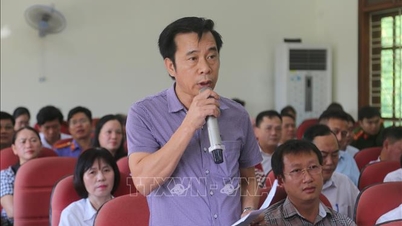

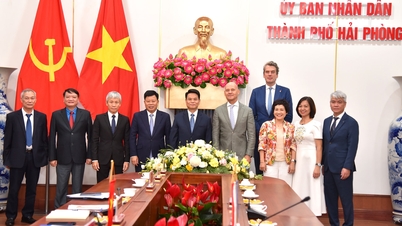
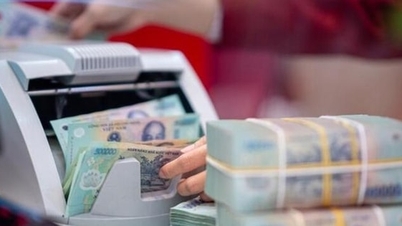

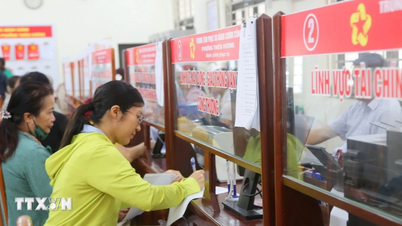

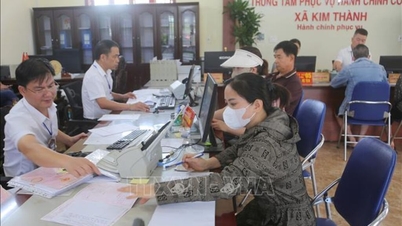

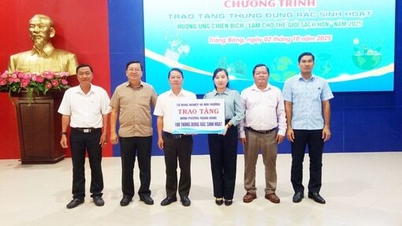

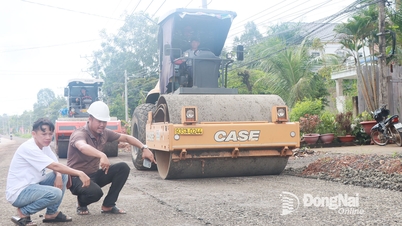






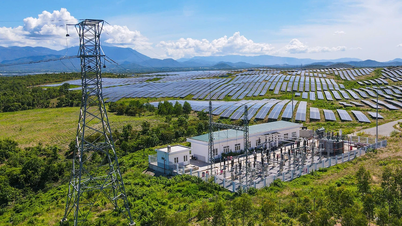






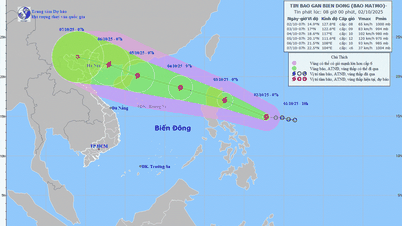


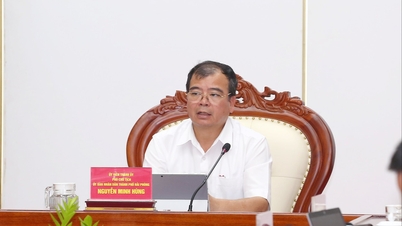















































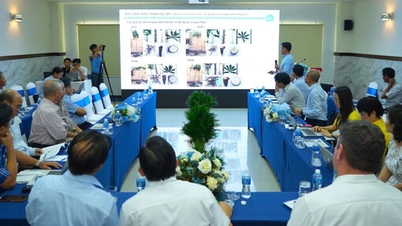
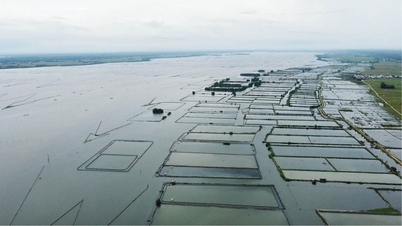




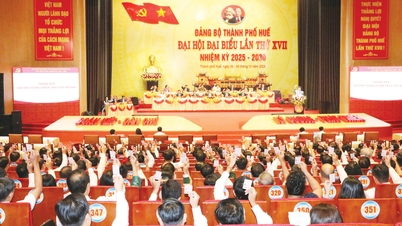













Comment (0)